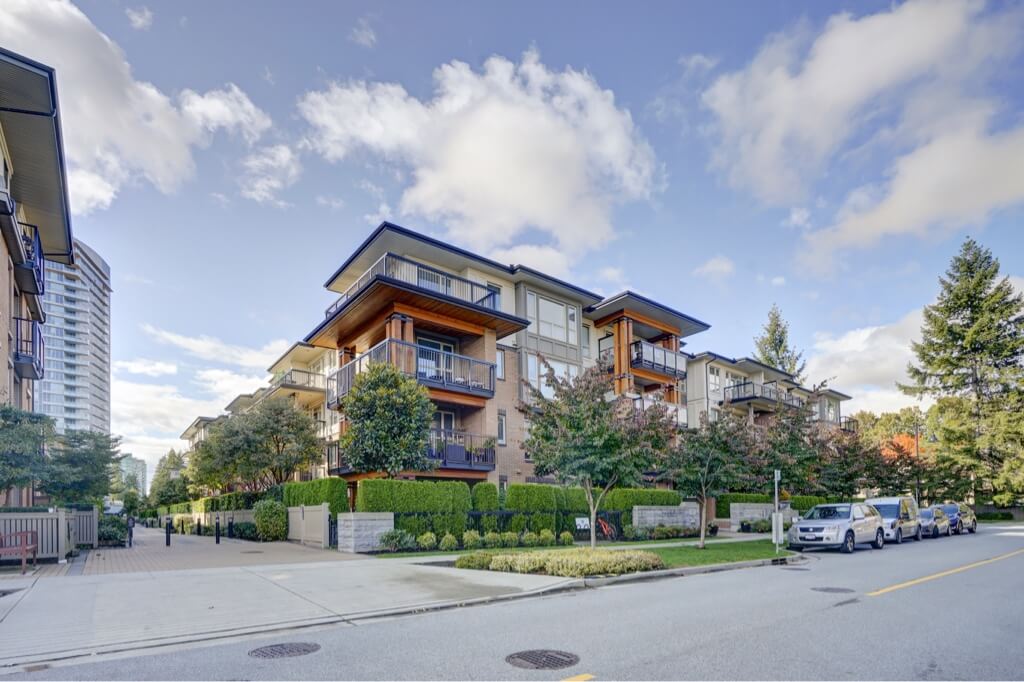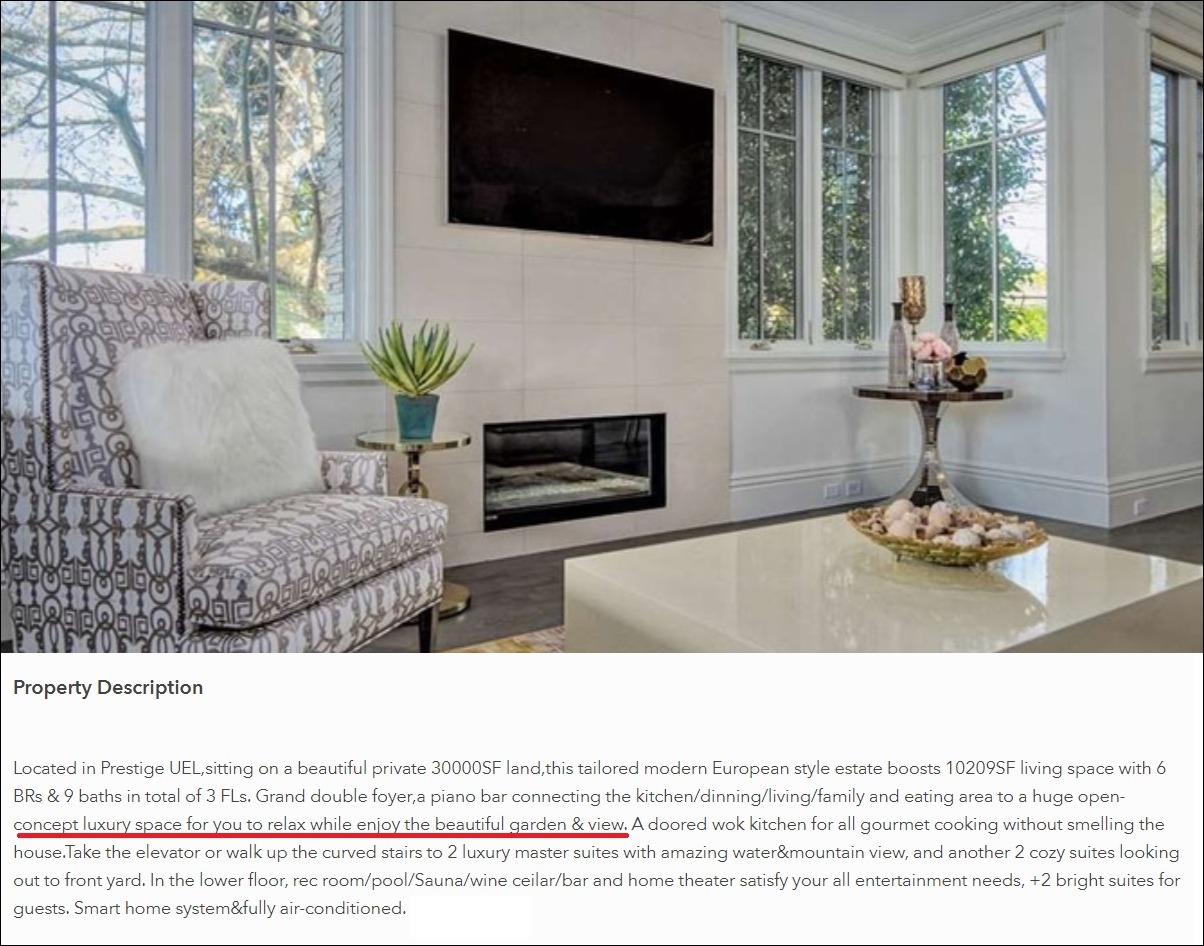How To Write Real Estate Listing Descriptions That Sell!
How to write th perfect real estate listing that sells. All the dos and don'ts that make the listing convincing and different

One of the first things homebuyers do is to look for homes online. When the home buying process is online the visual elements and the descriptions used for the property become the pivotal point in whether or not the homebuyer is interested. How to write real estate listing descriptions then becomes one of the skills real estate agents need to master. Many times, listings do not get enough views just because of their mediocre description which failed to attract homebuyers’ attention and was not impressive. They also do not make it clear that the buyer’s needs are understood.
When online you do not get to see the property. You rely on images and words. So both the images and words need to be the closest representation of the real property possible. Although this representation of the property needs to be really attractive, it still needs to be equal to reality and should not exaggerate.
Sometimes the property will sell itself in a reasonable period of time. To do so, the property needs proper promotion, the right placement, and decent listing descriptions along with professional photography. In this article, we will explain how to write real estate listings properly to maximize the views listings get.
How to Write Real Estate Listings
Most listings will sell fast provided that they follow a few simple tips like the ones below:
Be Accurate
What you write in the real estate listing should be accurate and real. Rounding up numbers, giving estimates, and giving false information are not acceptable. You might think that these small inaccuracies might don’t matter but they do. What you consider insignificant can be a huge difference. Stating that the property is in pristine condition when there is a mold issue in the walls, is not very honest. Even if you get the homebuyers interested in the property by using inaccurate information, they will eventually visit the property and find out the real condition of the home.

If the property has some issues and flaws offer suggestions for them or use them to your advantage. Relate the lower price to these flaws and make it look like a great deal. When you provide a clear image of the property and allow the homebuyers to see what is really waiting for them, they have a stronger tendency to come and check the property out. Not everyone is looking for the perfect home. Price always matters.
Keep the Target Audience in Mind
Who is going to buy the house? Who are the people most likely to buy the house? The group of people who share common traits. Do you know them? Let’s say your target audience is young newlyweds looking to buy their first home. What are they looking for in a home? Does your home have what they want? Great. Make sure you include that when you write your real estate listing description. Use the words that your target audience is looking for. But make sure you are not manipulating the facts just to make the listing fit the buyers’ needs.
Use Great Photos
Maybe the most important part of a listing is the photos you use to show the house. Real estate is pretty visual, and the most detailed words fail in comparison to the photos. The online experience is getting better and better for the customers and agents are using professional photography for their listings. There are a lot of real estate photography tips on the internet to take better photos of your listings, but we advise real estate agents to hire professionals to take photos of their listings.

Even if you are very skilled and talented in photography, you will not be able to do what professional photographers are capable of. Real estate photography is more than a few interior shots. Aside from the professional equipment needed, aerial and drone shots, twilights shots, proper lighting, HDR shots, etc. are some of the things you might have no idea how to shoot.

Real estate photography is not as expensive as it used to be. In fact, you can book now and get quality real estate photography in a short time. Our professional photographers have been in the business for a long time and know how to highlight the features.
Match Words with Photos
So you have some great photos you will want these to fit what you write for your real estate listing descriptions. The words you use for the property in the descriptions should match the pictures you are presenting. First off, the qualities you express through adjectives should be present in the images. The words you use should also follow the same order as the photos. Let the story you tell to be in the same order in words and images.

Choose Words Wisely
Further to the tip above, remember not to use excessive adjectives and not use too many. People will know when you try too hard to make the property sound great. Using too many adjectives with a too-good-to-be-true feel will not fool anyone and chances are it will deter serious homebuyers. Use words and adjectives in moderation and only use words that really describe the property. Do not get too creative.
Stay Clear of Red Flag Words
Some words will actually hurt a home listing. Words such as “fixer-upper” and “TLC” or “Must Sell”, “Good Value”, and “Motivated” can really affect the selling price as they imply the home needs a lot of repairs and homebuyers think there is lots of room to negotiate. Only use such words when the house really needs a lot of repairs and needs to be taken care of before it is actually habitable.
Show The Luxury
In the previous tips, we advised real estate agents to be realistic and take special care when choosing words for the listing not to sound better or worse than reality. However, when the house possesses some luxuries to go for the words that demonstrate such features. The adjectives and the words agents use should show what’s really not understated or exaggerated it. So, make sure you mention the features of the house the proper way.

Unique Features
Every house has a few unique features and homebuyers are looking for such features. A proper listing description should include the unique features of the property. This makes it stand out. After all, why would anyone be interested in your property when it is just a typical home with nothing interesting in it? You might assume that some of the features of your property are too trivial to mention. However, one or two features are better than none.

Your listing description should point out those features that the buyer may not know just by looking at the pictures. All the features of the house that are unique may not stand out in the images. Point them out in the listing descriptions. Make the property stand out. Do not take it for granted that home buyers will see those features because they are in the pictures.
Do not Forget the Neighborhood
It is true that people first buy the neighborhood and then the property. Therefore, you need to convince the homebuyers the neighborhood in which the property is located in the one they are looking for. Just like the property itself, the listing description points out a few features of the neighborhood that appeal to the buyers. Do not exaggerate. Mention the features that might convince and encourage homebuyers. Walking trails, local attractions, parks, and general amenities are a few of the features you can highlight about the property.

Proper Punctuation, Easy to Read
Real estate listings should be easy to read. Therefore, they should include short sentences and avoid run-ons. Also, exclamation marks should not be used too much. This makes the description unrealistic. Your property can’t be that great, huh? Can it? Nope. If it is why is it listed for that price?
On the other hand, property descriptions should not go beyond 3 paragraphs because that decreases the chance the reader will read to the end. In order to make it easier to read you can also include bullet points.
Leave out the Obvious
Information and statistical data like the number of bedrooms, stories, home’s square footage, etc. are available in other places. You do not need to include this information when you write your real estate listing descriptions. It can be found in the listing’s data section. Your contact information is also accessible in other sections. Therefore, use the space you have for the description, to point out the features and details that will appeal to the homebuyers. That’s where you can use any information you wish. Put it to good use but also keep it real. If you go with the dry and basic data in the listing’s descriptions, your listing will come across as boring and nobody likes boring.
Write it for the Homebuyers
When you are writing real estate listing descriptions put yourself in the homebuyer’s shoes. What do you want to see in the listing? What would make you consider the listing in your shortlist? What could have been included in the listing description to convince you? What are the missing points? Are the images good enough? Are the shots taken from proper angles?
When you keep lining up exaggerative adjectives for the listing, you might think it will make the property more attractive and increase the chances of making a sale. But in the readers’ eyes, this is just mumbo jumbo that does not say anything valuable about the property. Try to have the homebuyers in mind when writing the listing and try to answer the potential questions they might have.
Include a Call-to-Action
A call to action is a line in the listing description that tells the audience what to do next. CTAs are important in marketing because they tell the audience the exact actions they need to take. Agents might take it for granted and think that it is obvious what the audience should do and do not include any CTAs. But the fact is among many next steps the audience thinks of (make a call, send an email, schedule a private tour, ask more questions) the one agents have in mind may not be even present. It is a good idea to introduce a sense of urgency and encourage the homebuyer to act soon.
Tell A Story
The final stage in marketing through content is where you become a storyteller. You fascinate your audience by narrating the story of what you are selling. People have a tendency to like stories and when you are selling something the story of it becomes the point of interest for the home buyers. Of course, if you have any story to tell. How creative is up to you? Tell the story of the house and win the hearts of your audience.

How To Write Real Estate Listings: Final Words
A real estate listing can determine the fate of the property. Many homes do not need further marketing and effort to sell and the listing will go on its course and sell on time provided it is presented properly. The photos you use for the listing should be decent enough to tell highlight the features of the property and show it at its best. Professional photography enables agents to present the property through different shots like aerial shots and twilight shots featuring perfect lighting.
The listing description has a very short window of opportunity to gain the attention of the reader. Sound boring or like you’re overselling the first lines and you have lost the audience. Long sentences overuse of positive adjectives, and using too many “!” marks to express a sense of luxury are all turnoffs that deter readers.
Always have the target audience in mind and adjust the point and tone of the listing to fit their needs. You are not going to be the one to like the listing. It is your audience that matters. Make them the focal target of the listing and match the words with the images you have to share.

